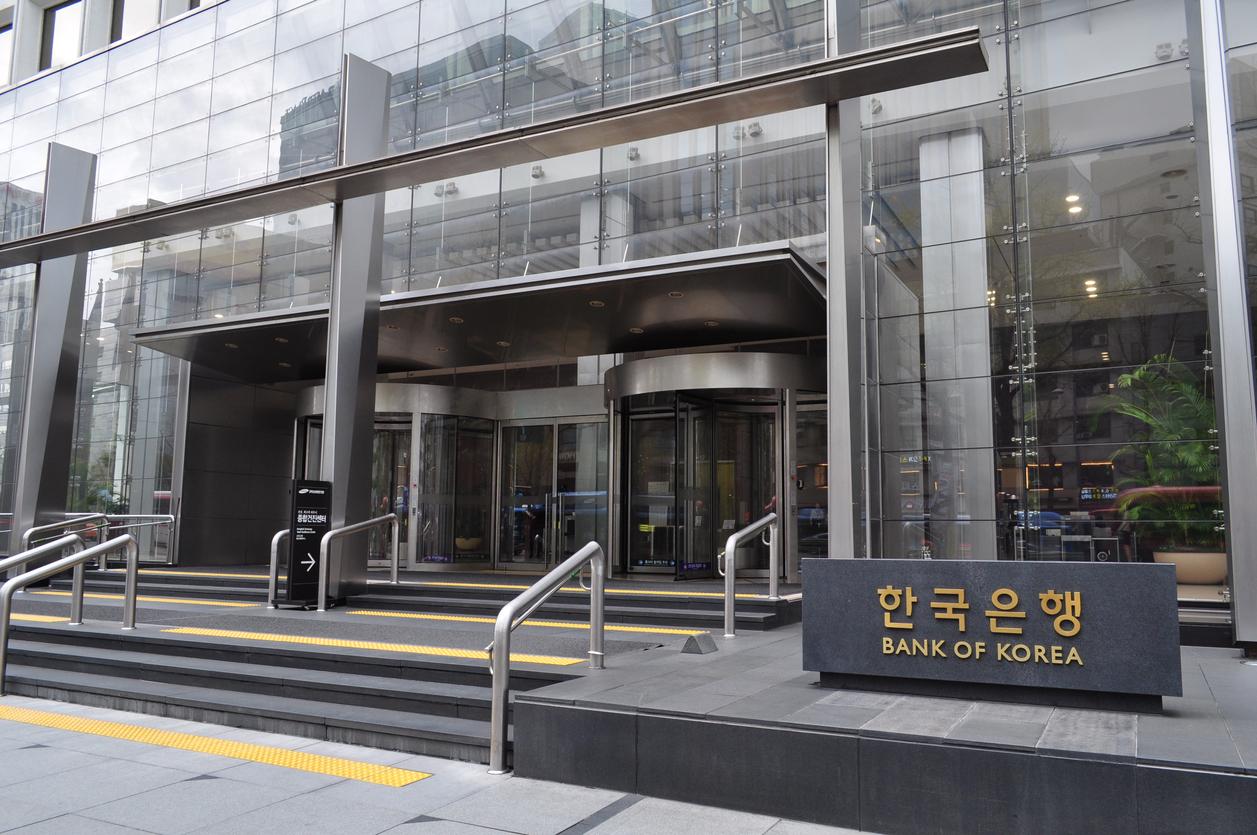South Korea's central bank, the Bank of Korea (BOK), has made its first interest rate cut since mid-2020. This move offers relief to households facing the highest borrowing costs in 16 years. The decision marks a significant shift in monetary policy, with potential for further reductions as the economic outlook remains uncertain.
Bank of Korea's Interest Rate Cut and Future Policy
The Bank of Korea reduced its benchmark interest rate by 0.25 percentage points, bringing it to 3.25% during its latest monetary policy review. This outcome was anticipated by most economists, with 34 out of 37 experts in a Reuters poll forecasting this adjustment.
BOK Governor Rhee Chang-yong described the move as a "hawkish cut," emphasizing that financial stability will continue to be a priority. While the central bank is cutting rates, its focus remains on maintaining stability in the financial system. Governor Rhee highlighted that the current interest rate still sits above the neutral level, meaning there's room for further reductions if needed.
When questioned about the possibility of additional rate cuts during the next policy review in November 2024, Rhee did not provide clear guidance. However, he mentioned that six of the seven board members prefer holding rates steady over the coming months, leaving room for future changes based on economic conditions.
Economic Impact and Market Response
Following the interest rate cut, the South Korean won gained strength against the U.S. dollar, while policy-sensitive three-year treasury bond futures saw a notable rise, increasing by 0.17 points to 105.96.
This rate reduction aligns the Bank of Korea with other global central banks, such as those in the U.S., U.K., European Union, and Canada, which have also shifted toward easing monetary policy. This trend comes as the global economy begins to cool and inflation rates slow.
In its statement, the BOK mentioned that while moderate economic growth is expected to continue, there are rising uncertainties regarding future growth prospects. These concerns stem from several factors, including declining private consumption and a GDP contraction in the second quarter of 2024. Additionally, inflation in September was below the central bank’s 2% target, contributing to the rationale behind the rate cut.
Housing Market and Household Debt Concerns
One of the primary reasons for delaying rate cuts had been concerns over Seoul's overheated housing market and rising household debt. However, the recent cooling of property transactions has given policymakers more flexibility to focus on stimulating economic growth.
Nevertheless, analysts caution that the Bank of Korea may proceed cautiously with future rate reductions, as controlling property prices and household debt remains a key concern. ING Senior Economist Kang Min-joo noted in a client report that the risks of further rate cuts, especially in the context of rising housing debt, are well understood by the BOK. She predicted that while another rate cut could occur in March 2025, the central bank will likely move slowly to avoid exacerbating debt-related risks.
Conclusion
The Bank of Korea's recent interest rate cut signals a potential shift toward further monetary easing, but the central bank remains cautious due to concerns about household debt and housing market stability. As the global economy cools and inflation pressures ease, all eyes will be on the BOK’s next moves in November and beyond. For households and businesses, the prospect of lower borrowing costs provides some relief, but the broader economic picture remains uncertain.



 U.S. Stock Futures Slip After CPI-Fueled Rally as Markets Weigh Economic Uncertainty
U.S. Stock Futures Slip After CPI-Fueled Rally as Markets Weigh Economic Uncertainty  Dollar Holds Firm Ahead of Global Central Bank Decisions as Yen, Sterling and Euro React
Dollar Holds Firm Ahead of Global Central Bank Decisions as Yen, Sterling and Euro React  U.S. Dollar Steadies Near October Lows as Rate Cut Expectations Keep Markets on Edge
U.S. Dollar Steadies Near October Lows as Rate Cut Expectations Keep Markets on Edge  Asian Currencies Trade Sideways as Dollar Weakens Ahead of Key U.S. Data
Asian Currencies Trade Sideways as Dollar Weakens Ahead of Key U.S. Data  Asian Stocks Slide as AI Spending Fears and Global Central Bank Decisions Weigh on Markets
Asian Stocks Slide as AI Spending Fears and Global Central Bank Decisions Weigh on Markets  Chinese Robotaxi Stocks Rally as Tesla Boosts Autonomous Driving Optimism
Chinese Robotaxi Stocks Rally as Tesla Boosts Autonomous Driving Optimism  Gold and Silver Prices Dip as Markets Await Key U.S. Economic Data
Gold and Silver Prices Dip as Markets Await Key U.S. Economic Data  Oil Prices Climb on Venezuela Blockade, Russia Sanctions Fears, and Supply Risks
Oil Prices Climb on Venezuela Blockade, Russia Sanctions Fears, and Supply Risks  Austan Goolsbee Signals Potential for More Fed Rate Cuts as Inflation Shows Improvement
Austan Goolsbee Signals Potential for More Fed Rate Cuts as Inflation Shows Improvement  Canada Signals Delay in US Tariff Deal as Talks Shift to USMCA Review
Canada Signals Delay in US Tariff Deal as Talks Shift to USMCA Review  Asian Fund Managers Turn More Optimistic on Growth but Curb Equity Return Expectations: BofA Survey
Asian Fund Managers Turn More Optimistic on Growth but Curb Equity Return Expectations: BofA Survey  Asian Stocks Edge Higher as Tech Recovers, U.S. Economic Uncertainty Caps Gains
Asian Stocks Edge Higher as Tech Recovers, U.S. Economic Uncertainty Caps Gains  RBA Unlikely to Cut Interest Rates in 2026 as Inflation Pressures Persist, Says Westpac
RBA Unlikely to Cut Interest Rates in 2026 as Inflation Pressures Persist, Says Westpac  Asian Currencies Slip as Dollar Strengthens; Indian Rupee Rebounds on Intervention Hopes
Asian Currencies Slip as Dollar Strengthens; Indian Rupee Rebounds on Intervention Hopes  New Zealand Business Confidence Hits 30-Year High as Economic Outlook Improves
New Zealand Business Confidence Hits 30-Year High as Economic Outlook Improves  Silver Prices Hit Record High as Safe-Haven Demand Surges Amid U.S. Economic Uncertainty
Silver Prices Hit Record High as Safe-Haven Demand Surges Amid U.S. Economic Uncertainty  BOJ Poised for Historic Rate Hike as Japan Signals Shift Toward Monetary Normalization
BOJ Poised for Historic Rate Hike as Japan Signals Shift Toward Monetary Normalization 

























